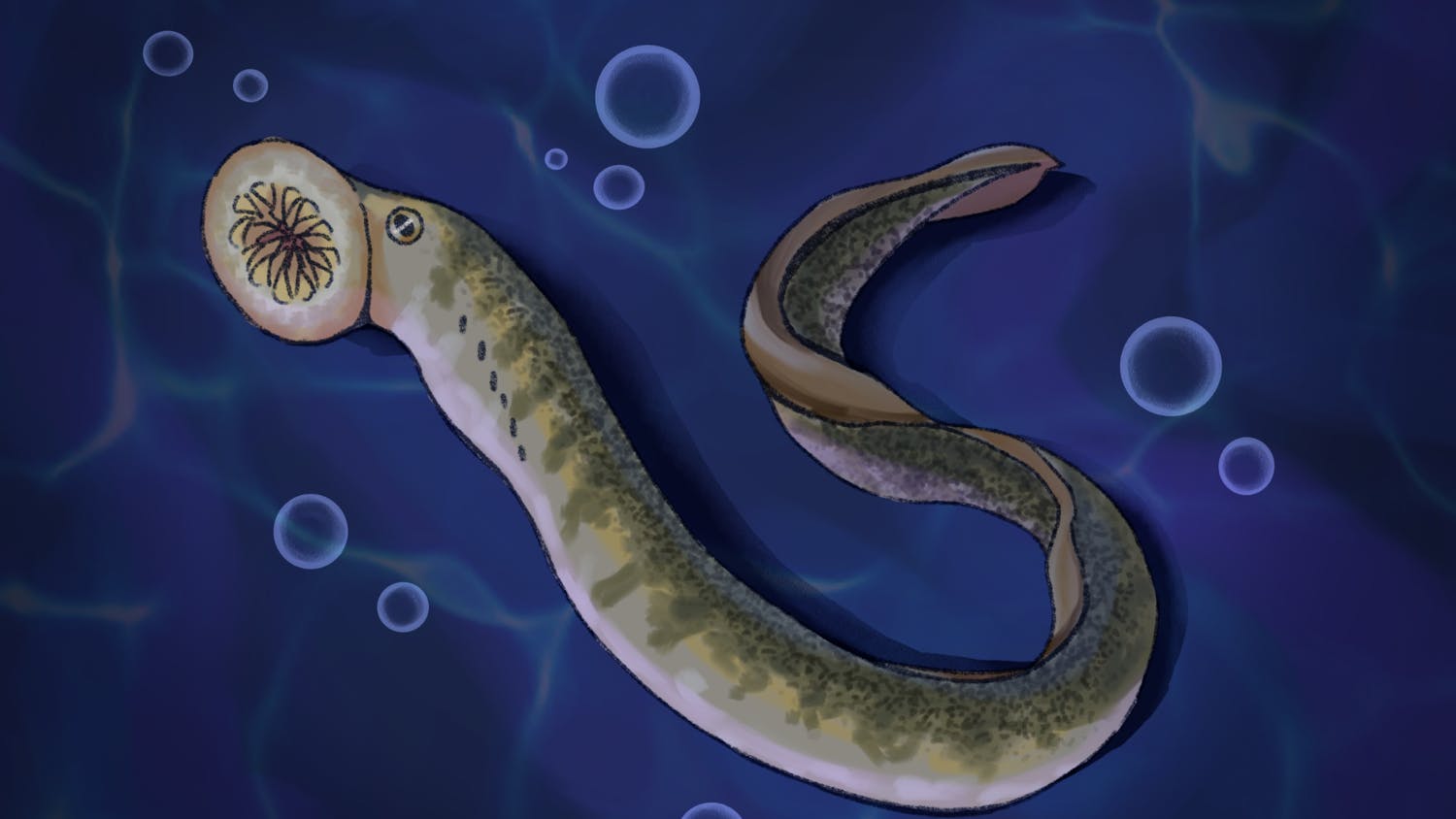In an age where many things are micromanaged and controlled for the most efficient results, aquatic ecologist Stephen Carpenter says that this kind of management may end up being detrimental in the long run.
Carpenter works for UW-Madison’s Center for Limnology, which sits upon the picturesque shores of Lake Mendota. Limnology is the study of inland waters such as lakes, rivers, wetlands and ground waters, and Lake Mendota has long been heavily involved in ecology and limnology studies.
In fact, limnology as a science was founded in 1875 on the same shores of Lake Mendota that many of us run along today.
The Center for Limnology works all over the state, dealing with Wisconsin fisheries, water quality and ecology, as well as with invasive species in the Great Lakes.
About ten years ago, Carpenter and his team became interested in how we manage and predict ecosystems.
Ecosystem management takes many forms: providing grazing land for livestock, maintaining highly productive fisheries, maximizing agricultural output or limiting algal blooms in lakes.
The norm for management has always been to tightly control the variance of the ecosystem, not allowing for disease, growth or exposure to harsh elements. However, there is a huge flaw for how we manage ecosystems; we only worry about the short term.
“The basic idea is that humans tend to make the short term predictable and don’t worry too much about the long term,” says Carpenter. “There is a lot of evidence about that from behavioral economics and from just empirical studies about the way people make decisions. Managing for short-term predictability may have unexpected long-term consequences... If you suppress the variance over the short time frames, you’ve got to be increasing it over long time frames.”
In essence, the variance of an ecosystem is conserved, much like how energy is conserved. It can never be destroyed completely. If we heavily manage and control a system in the present time, that variance will be conserved and may show up in the future regardless of any efforts.
“Now there’s actually a mathematical theorem that proves that [conservation] for a certain class of systems, called linear systems.
Ecosystems are not linear so that theorem does not strictly apply. What we asked is that is there something like that theorem that operates in ecosystems.”
Their theory was put to test using three simple ecosystem models: nutrient pollution in lakes, sustaining harvest and maintaining cattle in a grazing land invaded by inedible shrubs.
In all cases, after the short-term period passed, the system began to collapse.
In the lakes, algae blooms went out of control. The farms experienced resource collapse. Finally, the cattle herd’s grazing land results, despite managing for the shrubs, showed that shrub growth actually increased.
How can we manage resources and ecosystems then? There is already a movement in ecosystem and global management to think about safe operating spaces, which can be thought of as a safe range for the amount of short-term management possible. If resource managers could define the threshold and breaking point of an ecosystem, then it would be possible to define an operating space where most long-term consequences could be avoided.
It is easier said than done, as operating spaces can drastically change simply because variance is being managed. Nevertheless, it is still important for resource management and the public to be conscious about the issues of resource and ecosystem predictability and management.
The implications of Carpenter’s research are huge. Realizing that these patterns of variance exist is incredibly important to all of us. All seven billion of us on the planet depend on the resources that ecosystems produce, whether through agriculture or natural means. Managing what we have in an intelligent way should be something that we can all think about, whether it’s deciding to ease up the lawn fertilizer once in awhile or advocating for smarter management.






